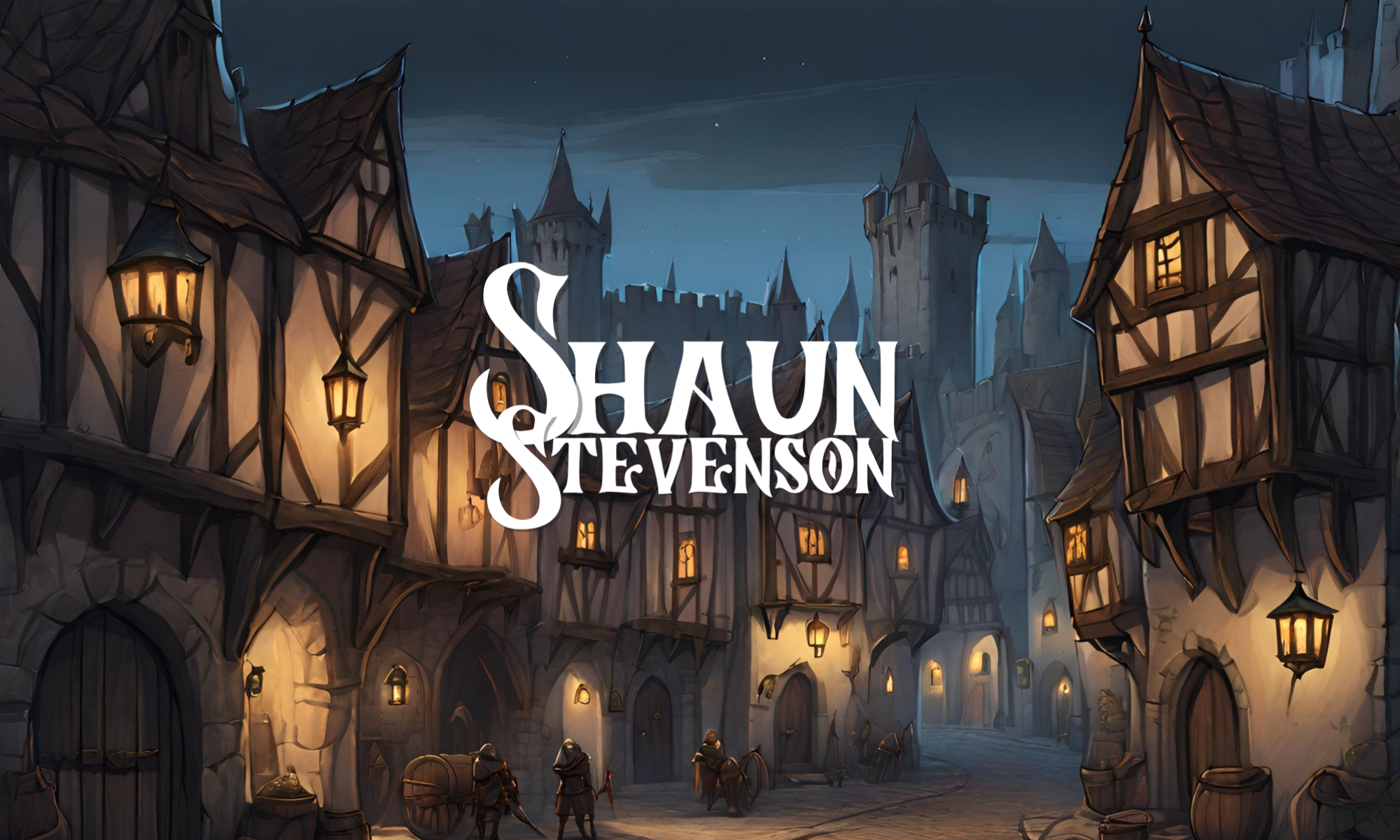
All-Consuming Fire: Object Lessons from the Book of Acts for Kids by Anne Marie Gosnell
My rating: 5 of 5 stars
I am always looking for great ideas, object lessons, experiments, and even simple activities that will allow kids to discover who Jesus is, who they are, and then lead those same kids to a place where they can respond to God’s love for them. Having used Anne Marie Gosnell’s object lesson books in the past and seeing the way kids in our Children’s Ministry had those “Aha!” moments after watching and hearing her object lessons, I knew I needed to get this latest one on the Book of Acts.
All-Consuming Fire: Object Lessons from the Book of Acts for Kids contains 24 lessons from the Book of Acts, walking from Acts 1 all the way through Acts 28, and even including one lesson on the letters of the New Testament. Each chapter gives you an overview or main idea from the Scripture passage, as well as a list of materials needed, some background information, an object lesson, Bible lesson, and a life application section including discussion questions throughout the chapter to use with the kids in your ministry. There are also tips for teaching kids sprinkled throughout the book, as well as extra resources on leading a child to Christ and how to be an excellent Bible teacher. There are also additional resources you can access once you purchase the book, including verse posters for each lesson.
What I love most about these object lessons is the way each one really helps kids to connect the dots: from the Bible story to the objects to the life application point. Anne Marie Gosnell’s ideas are a lot of fun too, and sometimes a little “explosive,” which really gets the kids’ attention! Most of the objects used are things you can find in a local store, online, or in your Children’s Ministry closet at church.
All said, if you are taking the kids in your Children’s Ministry through the book of Acts anytime soon, this book is a must-have. It’s really like getting twenty-four great messages dropped in your lap! This book truly is the most comprehensive Acts Teaching Guide for Children’s Ministry I’ve ever seen.

